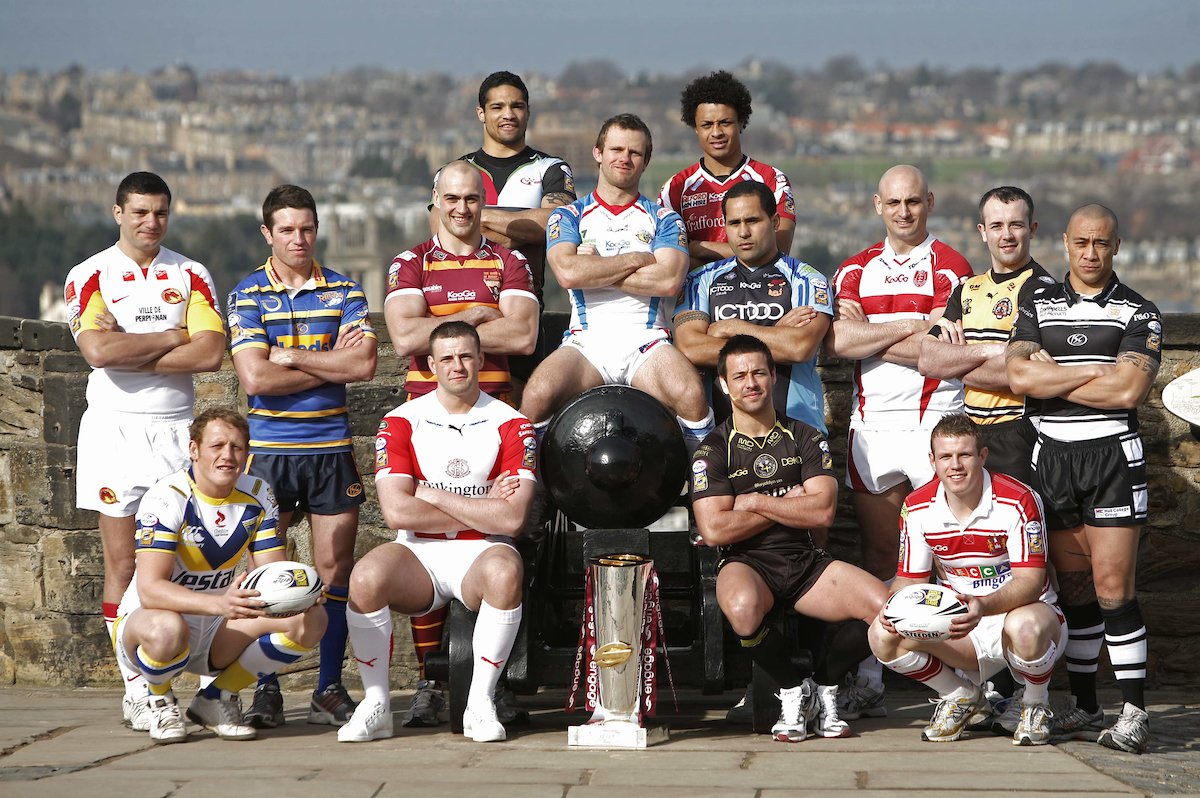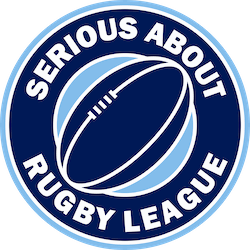
Yesterday was a historic day in Super League history as IMG presented their recommendations to Super League, Championship and League 1 clubs.
These recommendations saw ideas for a new calendar, a greater focus on the international and women’s games, capping off teams who can compete from outside the UK, rebranding but the big talking point was the proposed end to traditional promotion and relegation where Super League is concerned in favour of licencing.
IMG’s licencing will see every club given a licence from Category A-C. Category A clubs would be safe from relegation and would be permanent fixtures in the top tier as long as they maintain a Category A licence which will be reviewed annually.
Meanwhile, Category B teams could feature in Super League if there is sufficient space for them. However, should there be 12 Category A teams, no Category B teams would feature in Super League. Likewise, should the number of Category A teams exceed 12 then it stands to reason that Super League could and would expand.
The majority of Category B teams would be set to play in the Championship alongside those with a Category C licence. The lower leagues would continue to use traditional promotion and relegation with clubs pushing for a Category A licence to force their way into the top tier.
This of course is not the first time licencing has been brought into Super League. It was first introduced going into the 2009 season with the criteria for the licences being outlined in December 2007. This saw Salford and Crusaders added to the 12-team Super League for 2009 which expanded to 14 teams with eight contesting the play-offs.
The same 14 teams contested the next three seasons until Crusaders fell out of the league after withdrawing their licence allowing Widnes Vikings to replace them. The licences again lasted three years – a departure from the annually reviewed B licences suggested by IMG – until 2014.
That season followed the same format as the previous five except the bottom two clubs – Bradford and London – were relegated allowing for the creation of the Super 8s from 2015-18 which used non-conventional relegation until 2019 simplified things.
The last time we saw licencing in Super League, it again used an A, B and C system but was certainly very different to the A, B and C system IMG suggested yesterday.
Instead of making Super League exclusive to Category A teams but Category B teams only used to fill out the league should there be an insufficient number of A teams with the hope being that more A teams come along to expand the division as IMG have proposed, originally Super League included teams with A, B and C licences.
Teams with A and B licenses were safe in Super League whilst those with a C licence were at risk of relegation much like any team with a B licence now.
Every potential Super League club going into 2008 with these licences coming into effect in 2009 would score a point for each of the following: a stadium capacity of at least 12,000, an average crowd of 10,000 or more, an average crowd that filled 40% of the stadium capacity, a turnover of at least $4 million per annum, solvency, a reasonable playing strength, a reasonable contribution to junior rugby, a stadium meeting the standard of a premier competition, geographical position with teams more than 20 miles away from any other Super League club favoured and compliance with the salary cap.
Teams who satisfied the majority of these would be given a A licence whilst teams who struggled to meet this criteria would receive a C licence.
It stands to reason that similar criteria will be used should licencing take effect as IMG recommend. However, as aforementioned, it seems that there will be more clubs given a category A licence than in the previous variant and there certainly won’t be any clubs with a C licence in Super League this time around.
Nonetheless, there are certainly plenty of similarities between the last time Super League had licencing and it’s reintroduction.
One would hope that licencing again has a positive effect as it certainly seemed to do so originally as it gave teams space to focus on building a long term project rather than worrying about relegation which has seen newly promoted teams like Leigh, London and Toulouse fail to gain a foothold in the competition.
During licencing Crusaders (2009) and Catalans (2010) finished bottom but went on to make the play-offs the following season.
Widnes also went from finishing bottom in 2012 to being a part of the play-offs in 2014 showing the effectiveness of licences.

More in Super League
-


Warrington Wolves: George Williams lauded as “best defensive half” in Super League
Following Warrington Wolves’ stunning victory over St Helens in the Challenge Cup, George Williams...
-


“Off-field issues” – Rohan Smith assesses first two years at Leeds Rhinos and explains failings of 2023
It’s the two-year anniversary of Leeds Rhinos head coach Rohan Smith’s appointment later this...
-


Super League Referee Appointments: Chris Kendall takes Yorkshire derby
The refereeing teams for Round Eight of the Super League have now been confirmed....
-


Super League Player of the Month revealed
The Super League Player of the Month for March has been announced. After four...



















